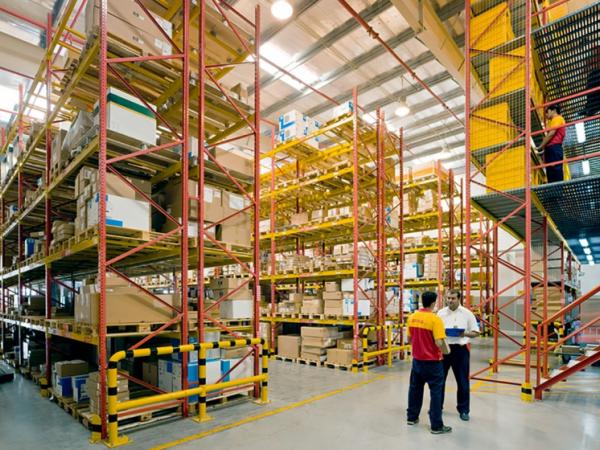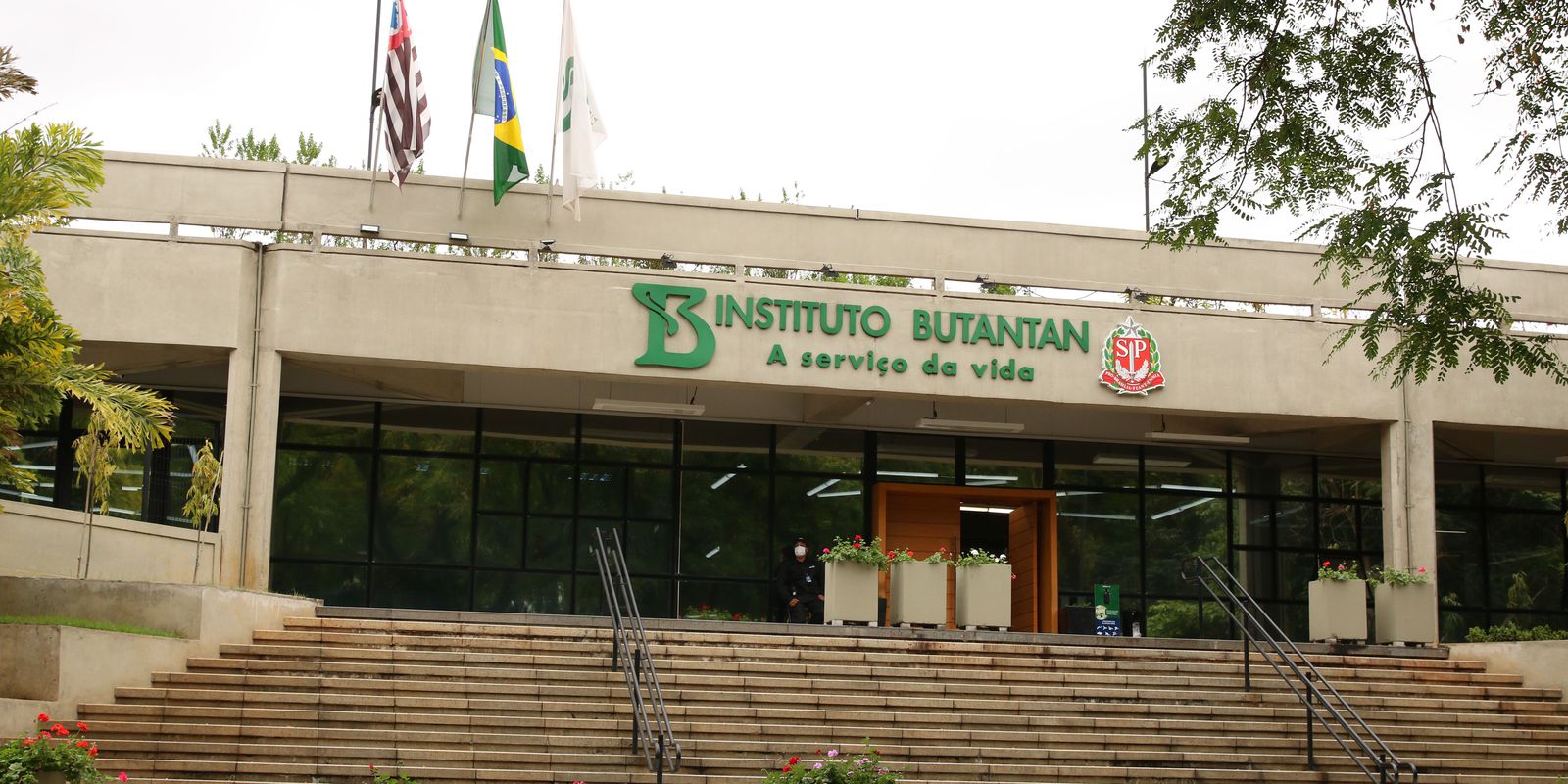In addition to taking stock of the delivery business and the supply chain in Latin America, Javier Bilbao, CEO of DHL Supply Chain, He spoke of the business’s expectations for Christmas due to the container crisis and high freight prices, along with the company’s investment plan in the country.
The firm has made an investment of 50 million euros for the real estate project: Constellation, in Cota (Cundinamarca), which will consist of 160,000 m2 base, as well as 75,000 m2 of warehouses integrating sustainable technology in its operation that are expected to come into operation the first half of the year 2022.
(See: The effect of lowering tariffs would be limited, according to businessmen).
What is the balance of this business segment after the pandemic?
There are several things that have changed, in the case of the Supply Chain, which is the part of the company that works in large and domestic logistics that does contract shipments and storage in large warehouses, which differs from global forwarding shipments where they are air or sea freight is more present, and the express division that carries the smallest volume parcels and deliveries has had a better performance. We have focused a lot on highlighting our role on a day-to-day basis for economies to continue.
A series of trends that were already seen, such as the deployment of e-commerce, the transformation of the logistics model, have accelerated and this has meant good growth for our area and has meant growth, knowledge and an implementation of knowledge and resources throughout the region.
In the case of Colombia, the purchase of Suppla three years ago has given us good advantages and has allowed a great development and the investments that we are making.
(See: Traders propose tariff reduction due to container crisis).
How has the container crisis and freight increase affected you?
This global trend affects us as part of our clients’ supply chains in terms of delays, lack of certainty in the traceability of when containers and goods will arrive.
Fortunately, we have the global forwarding part, which is the one that moves the containers and helps with the coordination that we may have to facilitate the flow of operations and thus guarantee shipments to the retail and technology sectors in order to reduce these intermittencies.
We have seen that the flow of packages did not reach the speed at which we are used to and we worked on solving it, because generally we have a certain period of time to be able to respond and prepare the campaigns, especially now the Christmas one and this has had to be more fast because of that cut in time and accumulation of orders.
It has been important to work with our clients through the alternatives and with the resources that we can put in place so as not to feel the affectation of this problem and that the impact on the end point is the least possible.
(See: Ships bound for the US could worsen port bottlenecks).
How long do you think you can cope with this crisis?
It is difficult to have an answer to the issue, but there is a feeling that it will extend into 2022 for a few months and it is expected to be a problem because these interruptions can continue to occur.
However, we have achieved with good work, anticipation and coordination an excellent previous work to reduce the impacts, and as an industry we are used to responding to everything that comes like the pandemic.
Part of the way and the answer is what we are doing, investing, expanding capabilities, tools that allow us greater predictability in the processes.
Javier Bilbao, CEO of DHL Supply Chain.
How are these investments going in Colombia?
Very good, in fact we hope to have a part ready in 2022, and for the size of the operation in Colombia we have planned a full investment of 50 million euros for the 160,000 m2 complex. It is planned to finish the construction of 75,000 m2 of warehouses for the first half of next year, around March or April.
This will allow us to have greater logistical capacity and also in technology to make our operation more sustainable with facilities that help us reduce CO2 emissions, which is also adapted to our international model and which in this case will be available to the retail sector, from consumption and life sciences, which are the sectors in which we want to focus and we are convinced that it will help us to put our logistics capacity to a new level in the country.
This is our first logistics project that we are developing, we are also exploring other investment and business options in various parts of the country.
We do not want to stay only in construction but also in the development of collaborations with local actors to have a greater effect on jobs, this will also help us to make our warehouses neutral by 2025 and that by 2050 our logistics flow is also neutral. In its whole.
(See: A Christmas with few gifts).
What are the forecasts with the whole situation for Christmas?
We hope they are very good, that the logistical effect that they imply will also materialize in the best way, we see a greater amount of activity flows of purchases and shipments throughout the region, especially compared to 2020, the recovery of normal life is felt and also the reactivation of activities in the different economies.
We are seeing a greater activation on the consumption side, this time always usually requires a greater effort on our part and customers but we do not foresee having significant problems in responding to the demand that is coming and that is already being seen in these months as part of the preparation for what is to come and for the flow to be completely successful.
BRIEFCASE







